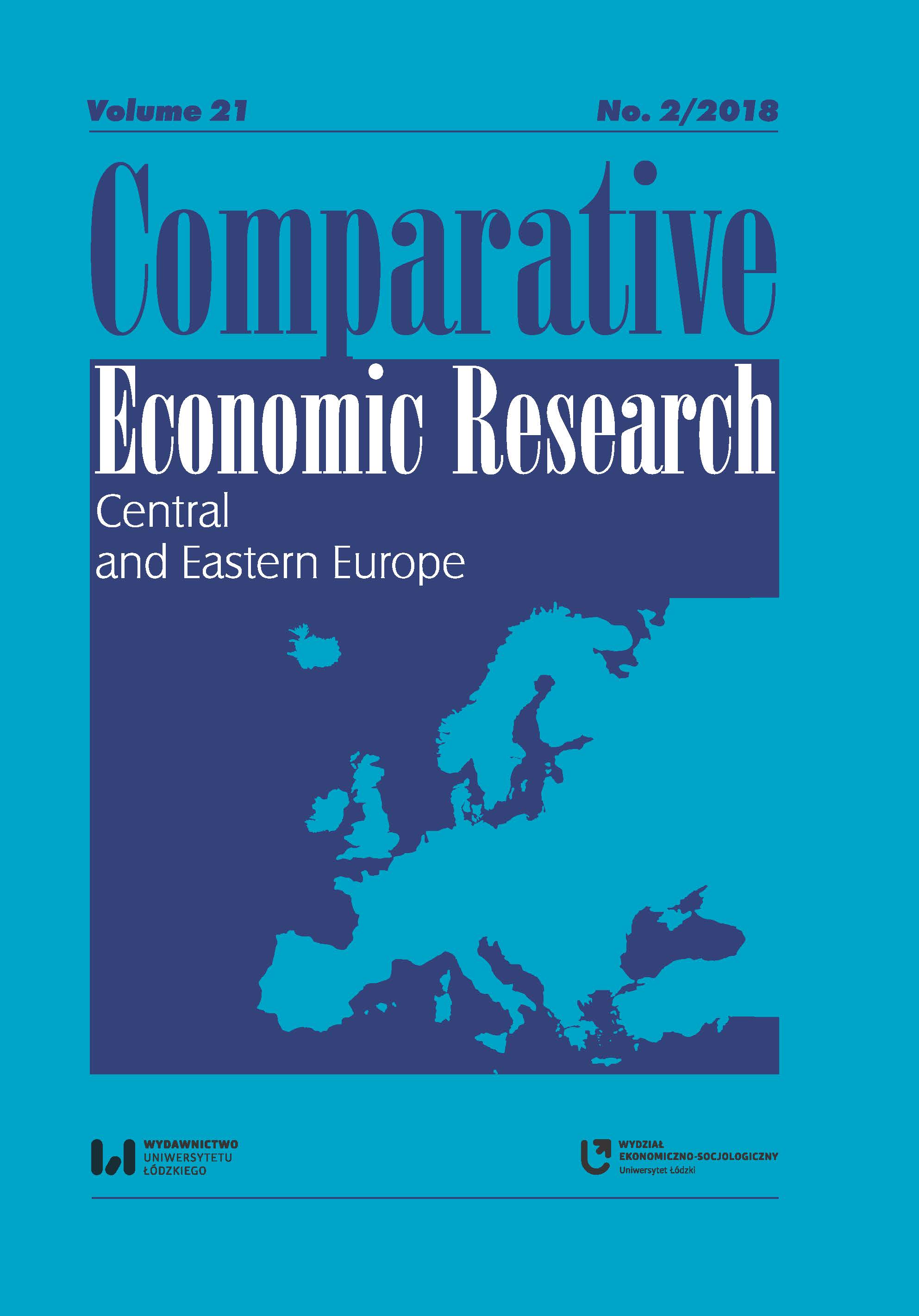The Standard of Living of a Population: a Comparative Analysis of Armenia and Poland
The Standard of Living of a Population: a Comparative Analysis of Armenia and Poland
Author(s): Gohar Vardanyan, Krzysztof LewandowskiSubject(s): Rural and urban sociology, Economic development, Socio-Economic Research
Published by: Wydawnictwo Uniwersytetu Łódzkiego
Keywords: standard of living; quality of life; human development
Summary/Abstract: A population’s standard of living has a special and important place in the concept of human development. Ultimately, the higher the standard of living of a population, the greater the chance for real human development, other things being equal. The standard of living in its most general sense is nothing more than a certain level of satisfaction of the population’s needs because no society and no country is able to fully meet the needs of all people. The standard of living of a population cannot be expressed by any one indicator taking in both quantitative and qualitative aspects. The standard of living of a population is characterized and reflected by a system of indicators in which there is a special significance for such indicators, such as the needs of households, real incomes, private consumption, and socio‑psychological satisfaction. However, in order to quantify exactly the level of standard of living, the degree of satisfaction of the needs, wealth, poverty and income stratification, as well as their causes, should be evaluated. They should be considered not only and not so much at the macroeconomic level (GDP, GNP, National Income, Consumption general fund, etc.) but also at the microeconomic level, by selecting a socioeconomic cell as an observation object, study its composition, the number of working persons in employment, and the ratio of workers, among others (Gevorgyan, Margaryan 1994, p. 52). The aim of this paper is to compare the standard of living in Poland and Armenia. Both countries belonged to the Eastern bloc with centrally planned economies, which had an enormous impact on the whole economic and social life in both countries.
Journal: Comparative Economic Research. Central and Eastern Europe
- Issue Year: 21/2018
- Issue No: 2
- Page Range: 7-23
- Page Count: 19
- Language: English

